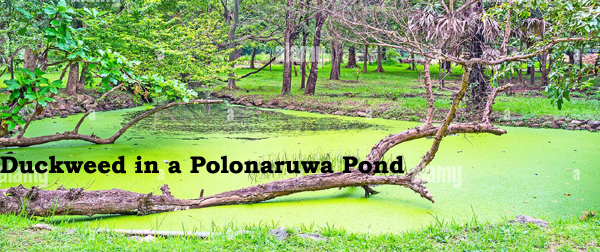

The pages will get updated as the project progresses.
As of Dec 13th, is at the stage of construction of the first pond. Work has been halted due to rains.
The pages are divided into
a) Intro
b) Pond Construction and Costs (photos for the moment, Dec 13)
c) Feed costs + sale of fish + return on investment (ROI)
At some point I hope to have all these pages in Sinhala too
Tilapia Fish farming is being promoted in backyard/home garden ponds to large scale farming. Farming of fish ponds is an age old practice in many countries of the world particularly in the Asian region. Nevertheless, Sri Lanka has no tradition of fish farming. (Pushpalatha et al, 2016).
Some basic background in Sri Lanka (from Pushpalatha et al, 2016)
Feeding and fertilization
It was observed that a wide variety of low cost feed materials have been used to feed fish in backyard ponds in Gampaha and Puttalam Districts. Feed ingredients used included dried fish pieces and heads, broken rice, coconut poonac, cooked poultry waste, kitchen refuse, date-expired bread from bakeries and kankun (Ipomea aquatica) plants. Some farmers used date-expired shrimp feed, when available.
Mainly cow-dung (0.4 kg/m2/culture cycle) used as fertilizer to enhance growth of natural food organisms such as duckweed (genus Lemna)(sinhala: p as-penda, kaerli penda කැරලි පෙඳ පස. පෙඳ . Duckweed has a high protein content and has potential for use in human food
Generally said there are three genera of duckweeds: Lemna, Wolffia, and Spirodela. Letís start with Wolffia globosa which is used as a vegetable in Burma, Laos and Thailand. Its flavor is similar to sweet cabbage. Wolffia, which has the smallest blossom in the world, reproduces quickly making it a sustainable crop if the water is wholesome (and more at https://www.eattheweeds.com/duckweed/ ).
Fish Production and Profitability
Average fish yield per culture cycle from ponds in Puttalam were 6074.0 kg/ha (range from 2,592.0 to 10,540.0 kg/ha).
Average prices (in 2016) for farmed tilapia in Puttalam was LKR. 216/kg (range: LKR.200-250/kg)
| Cost and return from Nile Tilapia farming (500 m2) in Puttalam for a culture cycle | ||
| Return | ||
| Production(kg) | 303.7 | |
| Value (LKR) | 65,599.20 | |
| Operational costs (LKR.) | ||
| Fingerlings | 4,084.00 | |
| Lime/chemicals | 480 | |
| Organic fertilizer | ||
| Feeds | 11,920.00 | |
| Hired labour | 403 | |
| Miscellaneous | 418 | |
Total operational cost (LKR) |
17,268.00 | |
Net profit over operational cost (LKR) |
48,331.00 | |
Net profit over capital & operational costs (LKR) |
46,097.87 | |
Operational cost/kg of fish (LKR) |
56.86 | |
Net profit over operational cost/kg of fish (LKR.) |
159.14 | |
Pushpalatha, K.B.C., Chandrasoma, J., Liyanage, H.S.W.A., Fernando, W.A.J.R. and Jayabahu, J.M., 2016. Farming of Nile tilapia (Oreochromis niloticus) in backyard ponds in Sri Lanka: Culture practices, fish production and profitability. Sri Lanka Journal of Aquatic Sciences, 21(1), pp.27–34. DOI: http://doi.org/10.4038/sljas.v21i1.7483